My journey to the heart of Pulau Bruit, Daro, Mukah Division, Sarawak
As I mentioned in my first story for Steemit, this is the article that was published today (1st October 2017). It is about my personal encounter with the people of the island (Pulau Bruit) in Sarawak. I hope this brings enlighten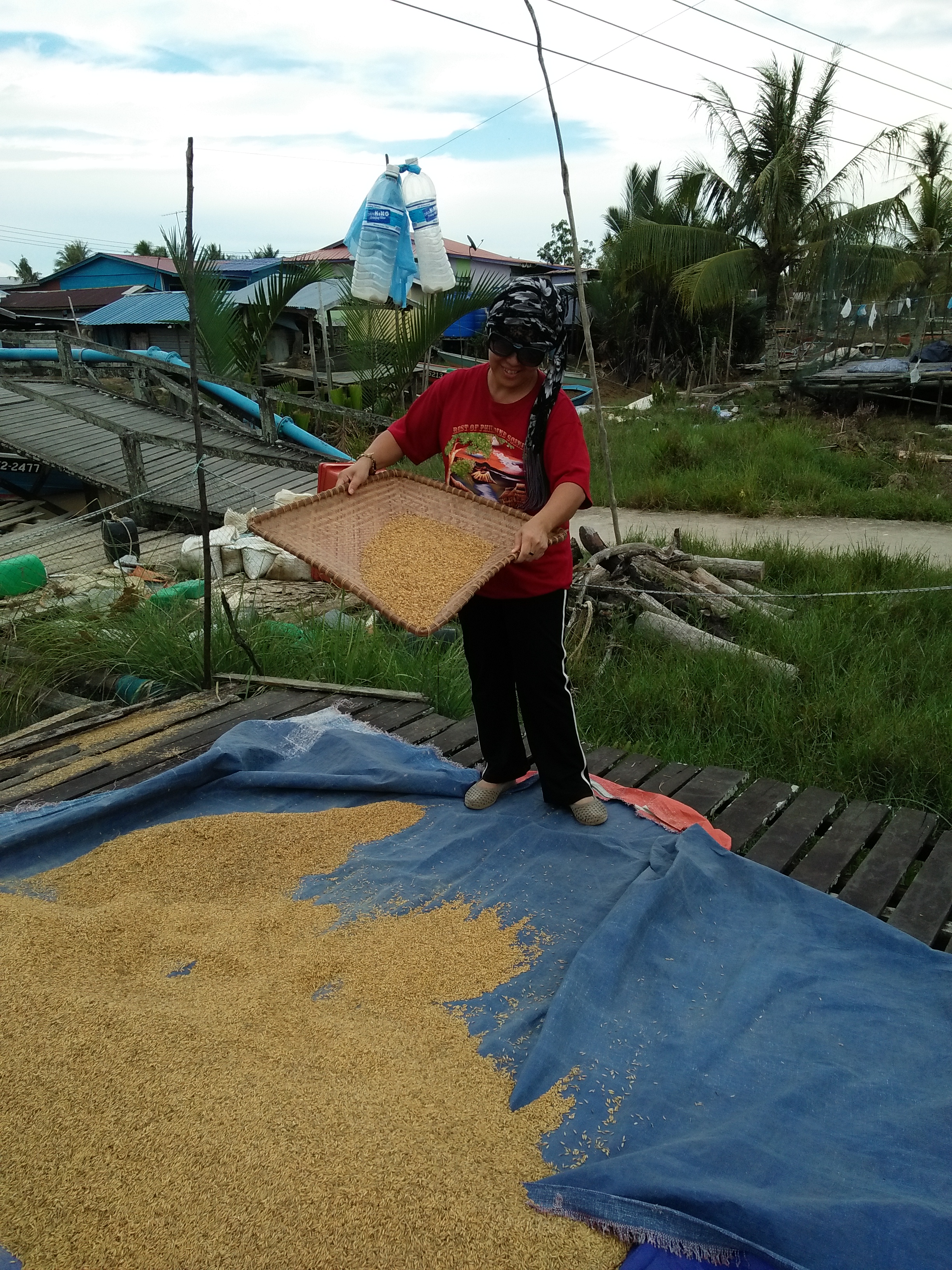 ment to readers.
ment to readers.
Journeying into the interior is always a good opportunity to see greens and nature along the way and people happily doing their farming work albeit the strong sun and with the presence of curious visitors in their vicinity. Children were delighted to see new faces in their midst hoping to get snapped through the camera lenses.
The two hours’ drive from Sibu town to Daro district was quite challenging – bumpy at times and uneven road. Dr. Raduan Serap, the ‘tour guide’ explained there are bumpers everywhere, but that was not quite the explanation to why the writer seemed to be feeling ‘uncomfortable’ almost all along the stretches of road. He explained there are drain tunnels underneath the road, which explained why the tour was like journeying on a ‘lumpy’ road.
There were three big and long stretches of bridge need to pass through before one could reach Daro district and another 30 minutes by ferry ride to get to Pulau Bruit, the place where the writer and entourage intended to do their 5-day tour. Jambatan Igan Sibu, Jambatan Batang Lebaan Sibu and Jambatan Batang Loba Setubah are the bridges to pass through with four other smaller bridges. According to Wikipedia Pulau Bruit is second largest island after Pulau Banggi in Kudat.
Once reached Daro district, Pulau Bruit is just another few kilometres away. However, the island is separated from its mainland. The ferry transporting vehicles to the other side took 30 minutes and a fee of only RM1.00 for each passing vehicle. He said part of the fee is government subsidized.
Upon reaching Pulau Bruit, Nipah palm trees, oil palms and abundance of pineapples plants can be seen along the way, as if waving to welcome newcomers to the island. “This is a land of opportunity,” said one of the members.
The hinterland is scattered with rivers and streams and settlements are along the river banks, an inescapable sight are the river boats and canoes that are neatly parked side by side, in some instances almost forming a pathway alongside the river banks.
Probably those who are first timers to the area may think that there is water festival going on akin to Regatta Lepa-Lepa in Semporna. Such is life in the island - slow but it is the norm for people residing there.
Dr. Raduan, a Melanau from the island said based on statistic in July 2015, the population in Pulau Bruit was about 11,334 and almost all the residents are Melanau ethnic. He is one of the successful Melanau from the island who proved that education could help elevate poverty level. Today, he is actively involved with the Pulau Bruit Graduates Association, Daro district (PGPB) Persatuan Graduan Pulau Bruit), where one of its missions is to assist the islanders with various assistance through government initiatives.
“Members of this association are graduates who are considered successful either in business or work where we come together to impart our skill, knowledge and experience and to share information to our younger generation living in this island,” said Raduan.
He is currently serving as senior assistant director in Marine department since 1992 and had assisted many young villagers in pursuing their studies to higher levels.
Life in general seemed to have been unchanged from its rural setting. Social and cultural life revolves around the daily activities of farming and fishing. Most of the interior of Sarawak seem to have stood still in time, almost like a postcard from the past.
Through the invitation of Pulau Bruit Graduates Association, Sarawak (Persatuan Graduan Pulau Bruit/ PGPB), the writer had realised her dream of experiencing life at first hand among the Melanau and Iban ethnic people residing in Daro district. The trip had brought about another insight to the writer and that she could not imagine such village life still exist in this modern century.
There are 12 small villages namely, Kg. Bruit, Kg. Tekajong, Kg. Semop, Kg. Betanak, Kg. Penipah, Kg. Penibong, Kg. Salah Kecil, Kg. Sebako, Kg. Saai, Kg. Penuai, Kg. Kut and Kg. Sedi.
One conspicuous thing is the uniqueness of the islanders’ houses where they build a platform adjacent their house called Juker (a Melanau word) meaning a small place to do activities such as gathering of friends or using it to clean their paddy and so on.
“Juker is very common here. We used to sit on juker and have our drink, chit-chatting or we bring our food and eat together with neighbours. But, today, juker is more for a place to dry fish, clean paddy and other farming–related tasks,” said Raduan, who lived in Kg. Betanak, Pulau Bruit.
Some of the visitors insisted to try cleaning the paddy, only to be laughed at by the innocent children who seemed to enjoy seeing some new faces trying out some activities in their village.
In the island, planting of paddy has just started in August. Raduan said his younger sister, Umi is the one working on paddy field even when she was still younger while the rest of his siblings are at different town or districts for work.
When asked why his 21 year old sister planting paddy and continuing her studies. Raduan shared that not everyone in the island sees education as essential in their life.
“This is why our PGPB (the association) becomes relevant. We actually want to bring great awareness to our people that through education, we could help improve our living standard and so on, but not everyone has the same thinking. It is part of my job to ‘educate’ the younger ones to persuade them to complete their studies at least up to From Five,” said hopeful Raduan. He said sister Umi had decided to stay in the village and plant paddy.
“Well, at least Umi can look after our mum who is living alone. All my other siblings have families of their own and are living in different districts,” he quipped.
Another village, Kg. Saai, first impression is the abundance of Nipah palm trees surrounding the village. Raduan explained most of the villagers ‘harvest’ Nipah juice to sell and it is called by the locals as ‘Air Sadak or Air Tuwak’. It is one of their ways to get income. A villager named Razmi Hamdan shared that apart from Nipah palm trees, he also grows a lot of banana (pisang tanduk). He said this type of banana is good to make banana chip.
“I harvest it and my wife will fry it and turn into a comfort food, children like it,” he smiled.
Raduan opined that, there is still a long way to make the villagers realise their potential in doing small-medium industry business such as producing of banana chip commercially. Most of the villagers carry out doing their products in the house and are comfortable with their present situation. Raduan is envisioned to make villagers to realise their products have potential to be in bigger market, however a lot of things need improvement.
When asked whether any middle person involved in selling their produce, Razmi said it happened during Hari Raya season where the middle man would buy the Air Sadak in big quantity and sold it during the fasting month, and that’s the only month of the year where they could get more income as compared to other time.
Planting of paddy starts in August in the island and hence, it gave opportunity to the visitors to go to one of the paddy fields and see how the villagers do their farming work. It wasn’t an easy route entering paddy field, as one need to cross a few smaller so-called ‘pathway’ which is a log (of trees) to connect one to go into the other side of the place. If one is not careful enough or putting wrong steps on the log, someone would get free mud facial on the way back.
In Kg. Betanak where Raduan’s mother resides, the village headman greeted and welcomed the entourage and first thing he did was to serve the guests with dried shrimps.
When asked why he needed to do that, the village headman, Gapor bin Sengli said he is proud to serve their local products to outsiders.
“Ko tua Melanau (I am a Melanau),” greeted another villager who saw the entourage leaving the village head’s house. Then he said, “Sona Tomudi” means see you soon.
The rhythm of the Melanau dialect sounds interesting and prompted the writer to ask the villagers to teach their dialect.
“Jah (one), Dua (two), Teloh (three), Pat (four), Lima (five), Nem (six), Tujuh (seven), Ayan (eight), Ulan (nine) and Pluen (ten).”
Raduan disclosed that there are a few types of good grains of rice planted in the island such as Padi Wai (triple A), Padi Bario and “Padi Wangi”. However, these grains are mainly for own consumption and not for sale. He said the islanders still use the old ways to do rice milling.
The only secondary school in the island is SMK Semop. It was built two years ago. The visitors had the opportunity to meet up with the students who are mostly residing in the surrounding villages. Raduan, being a graduate himself gave motivational talk hoping the students would continue not only their Form Five level, but also to higher levels.
“This is one of my greatest challenges – to encourage these younger generations to continue their studies, so that they will have better and brighter future.”
When the students were asked whether they like to become writer, no one seemed interested. The usual reply from them was to be a teacher, lawyer, doctor!
Further down the road is another village named Kg. Sebako. The only homestay in the island is located in the village. However, one needs to travel through oil palm estate for another almost two hours to reach there.
“Another challenging journey entering different set of surrounding,” sighed the writer.
Owner, Ahmad bin Dahari shared that, he started building the homestay stage by stage using his own savings. He is currently serving as government staff in the local hospital. He enjoys entertaining guests to his 31 rooms. The location was originally swampy area but had since been developed and today, Ahmad is proud to have his only homestay available in the island.
Raduan praised Ahmad for his dedication and willingness to step forward and dared to make a difference.
“I am pleased to note that Ahmad with almost no help from others, is able to build the homestay on his own. Today, the people are benefitting it as it is a good venue to do activities or simply check in to relax the mind,” he quipped.
“The younger generations are the one who hold the future and strength of a nation is based on how confident the youth are towards their line of work. It is my duty to help and encourage each one of them to be who they want to be but at the same time be proud of where they come from.” – Raduan.
It's just me
Lorena - Writer on-the-go
I am also a Steemian in-the-making
1st October 2017
%20keeps%20motivating%20the%20young%20ones%20to%20study%20hard%20for%20their%20future.jpg)
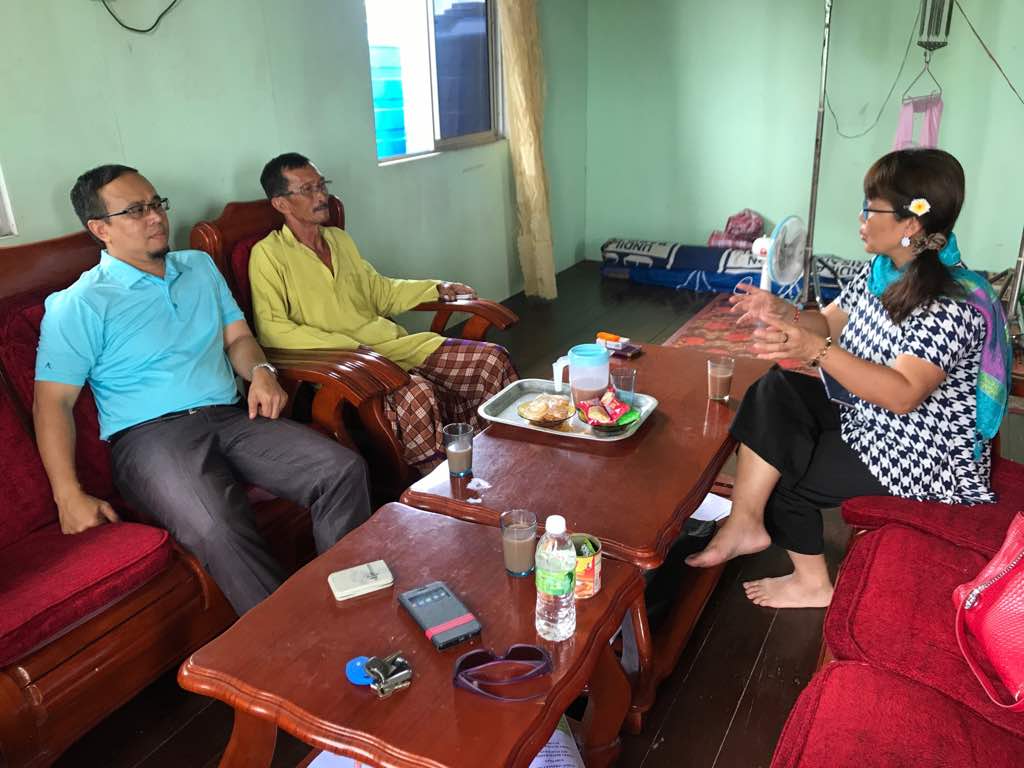
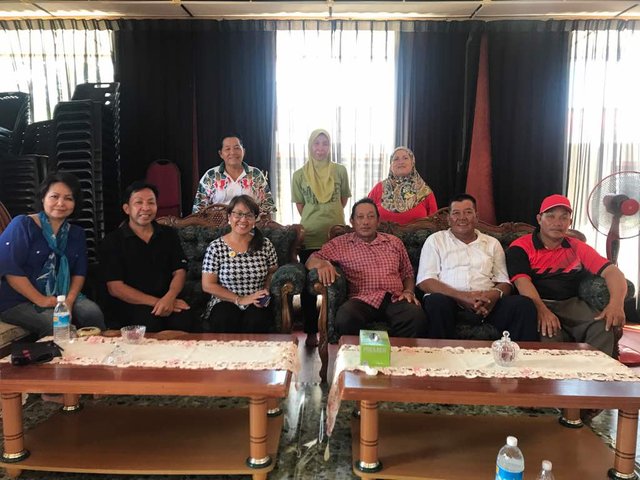
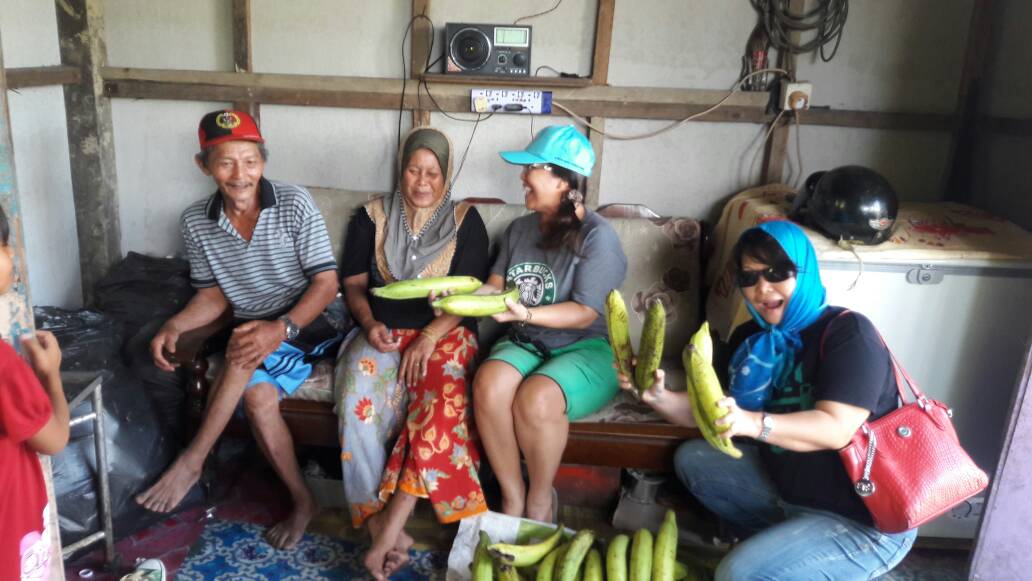
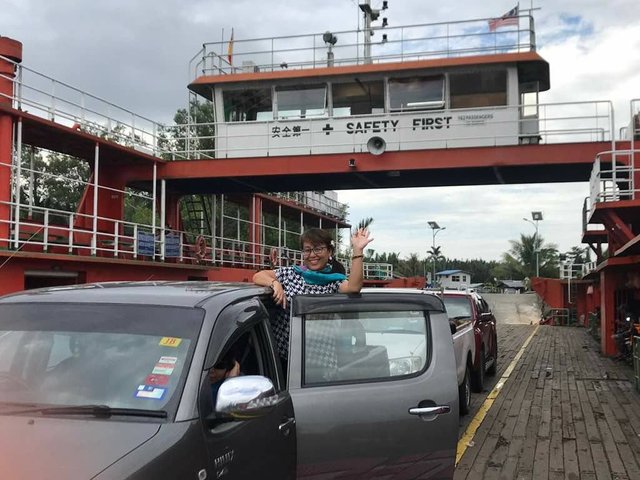
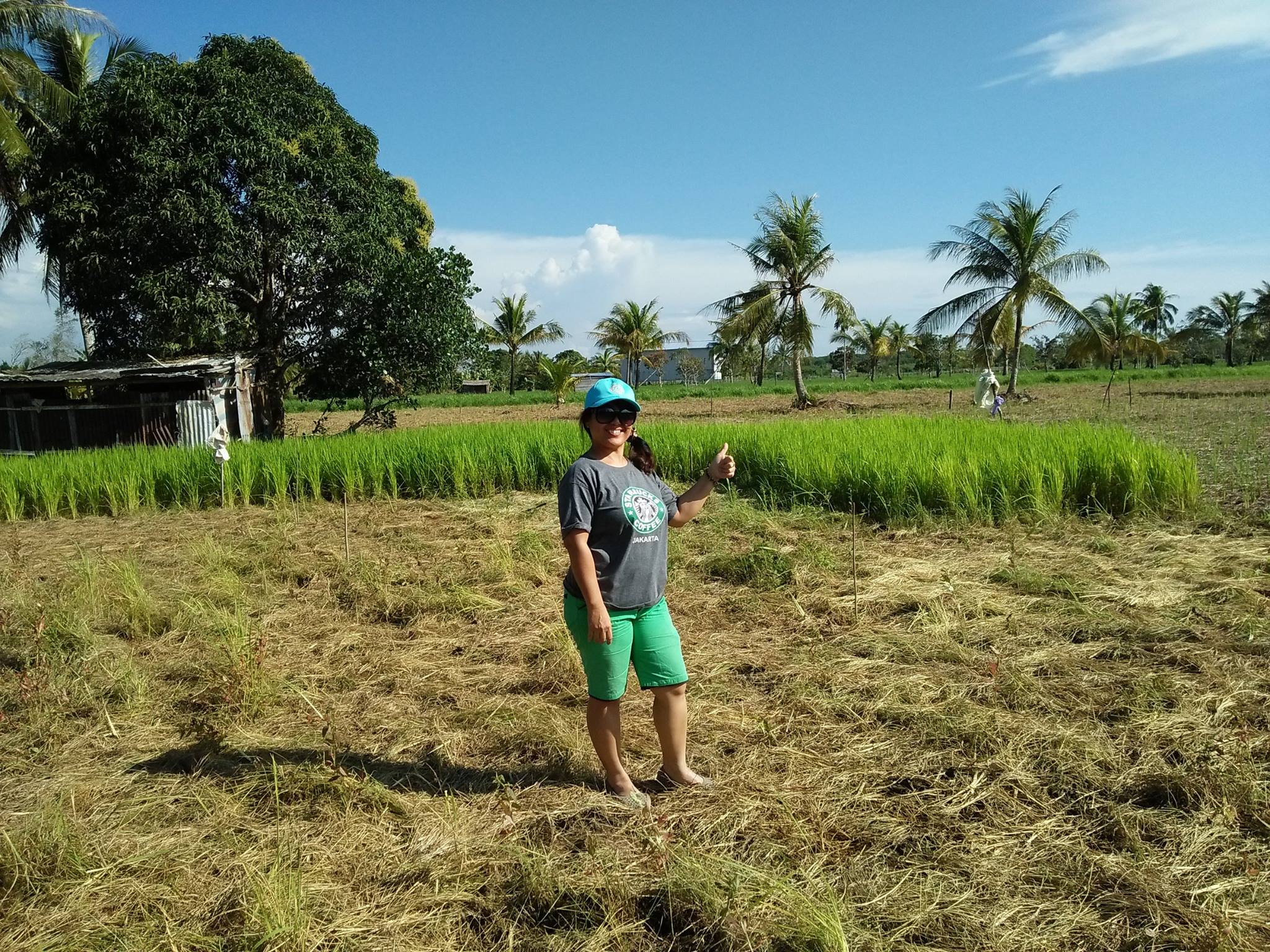
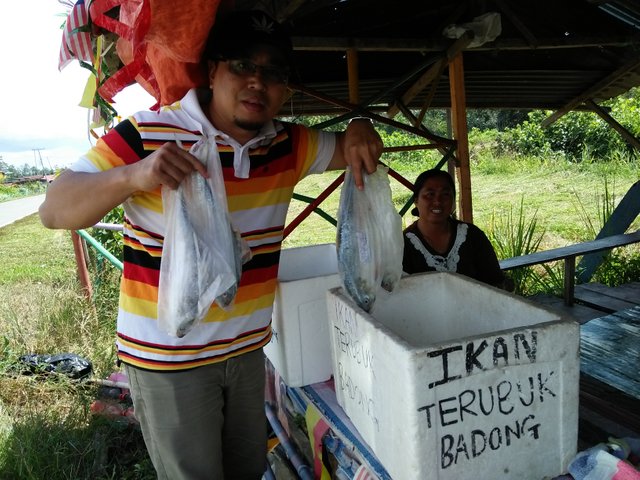
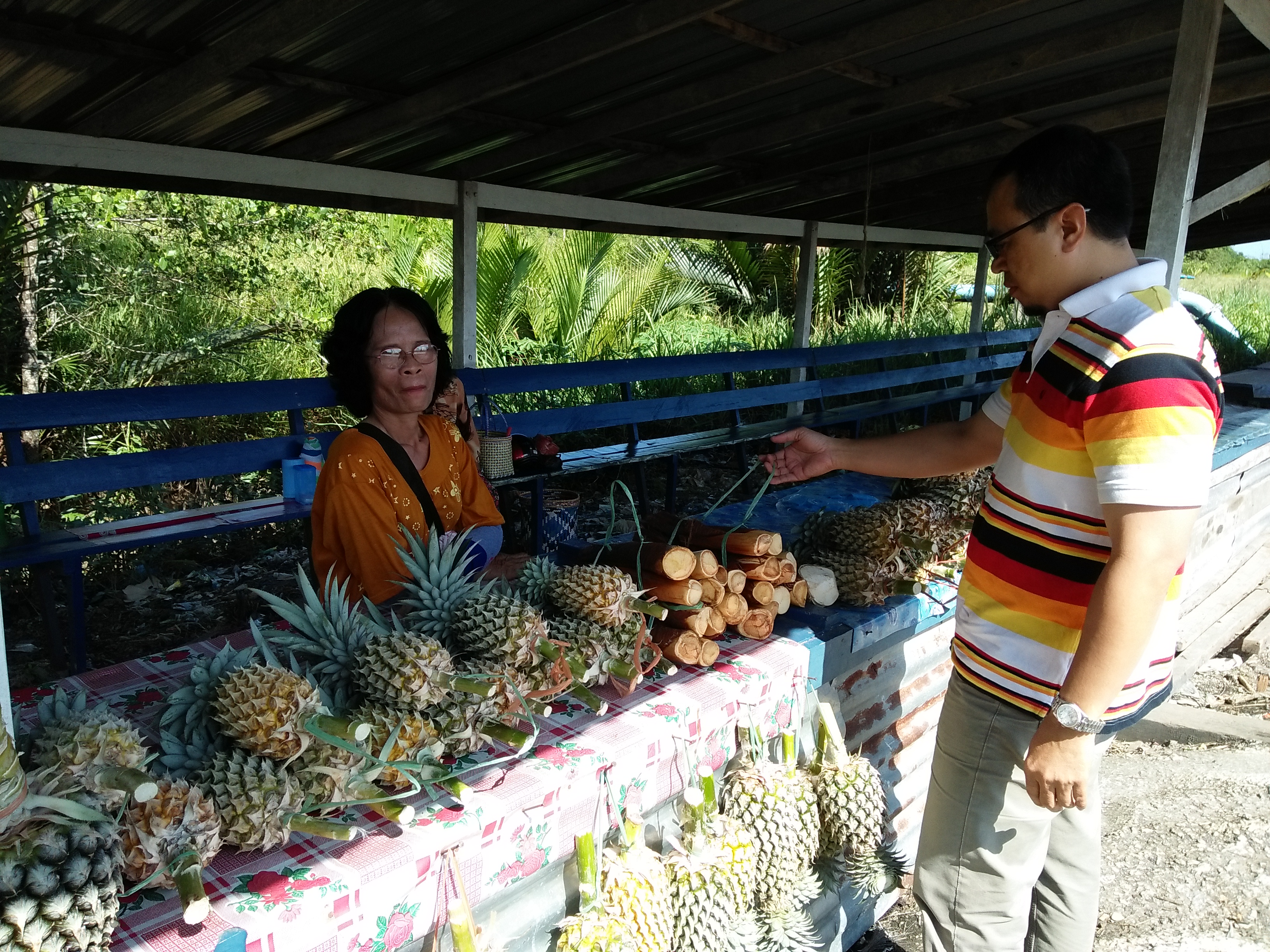
Awesome @lorenabinisol..nice write up. I never been there and your stories clearly described Pulau Bruit is worth a visit.